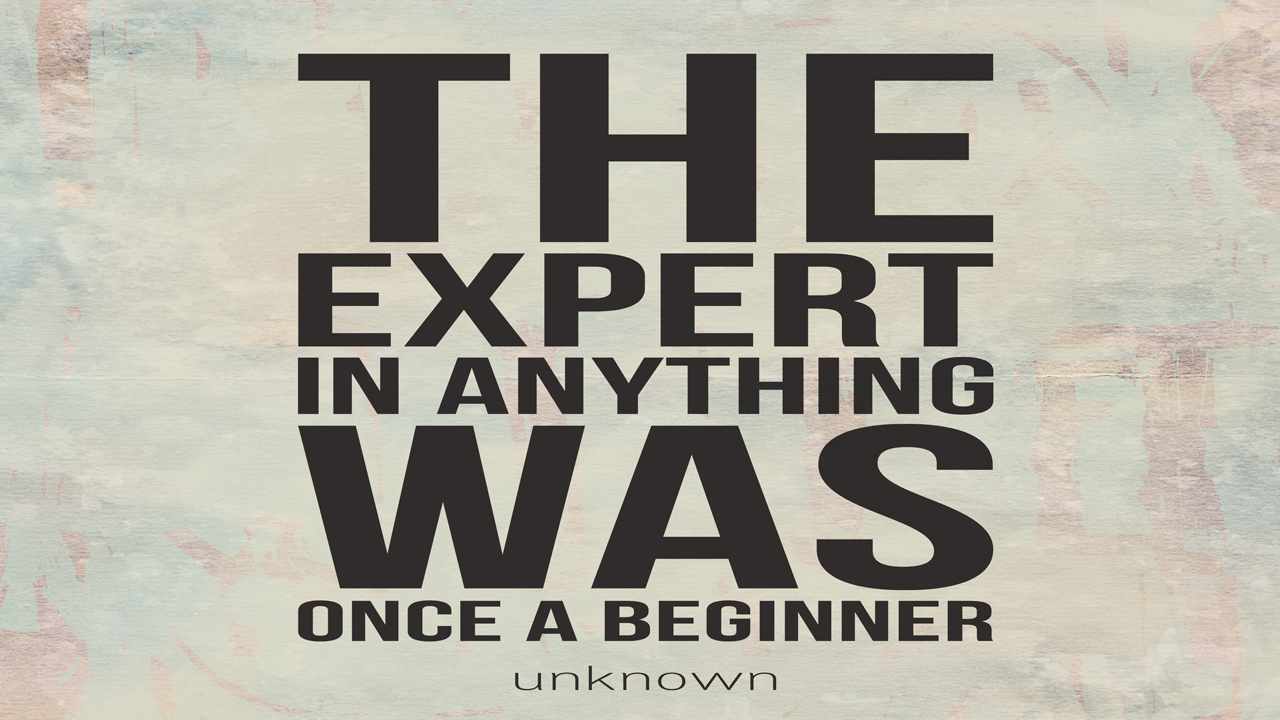
Lance Sinclair
Contributing Writer
Direct Energy/Success Academy
Are you reading this article and thinking – I could do that!
Here is the good news – you are right – you can learn to write!
I am a big believer in developing your team. After all, a leaders responsibility is to develop other leaders.
A mentor of mine, let’s call him Jeff, got me started writing some 4 years ago. At first it was hard. With time I learned new skills. New techniques. New ways to deliver content.
Writing a good article requires two things: useful content and good technique.
Content is easy to create. Most of us write about what we do, how we do it, what we observe. Good technique is harder — it’s often the thing that makes or breaks an article.
To write an article, try this simple step by step approach:
Step One: Start with the end in mind. What is the Call to Action? Complete this sentence, I want to write an article so that _________ happens. Limit your actions to three or less.
Step Two: Make an outline, don’t start writing yet. The outline has three main parts: Opening – Body – Close (call to action). In the opening, the purpose of the first sentence is to grab the reader’s attention. Keep your opening short. A one-sentence or two-sentence paragraph is best. A best practice is to tie your opening to the last paragraph of your article.
Step Three: Research the topic but don’t cut and paste text from the Internet – most people can tell. Anytime you use another person information, be sure to cite it.
Step Four: Tell a Story. People love stories. It’s one of the basic truths of humanity — we always respond to a compelling story. A human-interest story will capture most readers attention. The recounting of an event, the setting of a stage, the unfolding of a plot.
Step Five: Write the first draft – then put it away for a day. Review it and re-write, then put it away for a day. Fresh eyes are important. As you write the first draft, short paragraphs are best. They’re easy for the reader. They feel like an accomplishment. You always want to read one more — your eye gets drawn down the page. Break your text up.
Step Five: Editing. Edit for short sentences, grammar, second person, white space. Keep your paragraphs short and your text visually appealing. In general, shorten everything. The truth is that in copywriting, less is more. Why? Think of it this way: copy with fewer words will get read more because the length is less intimidating to readers. It also enables readers to finish the copy much faster.
Combine sentences: you can save a few words this way.
Remove needless words: you can omit most of the adverbs.
Seek out “that” and “but” instances: you can often omit everything up to and including the word “that” in the beginning of a sentence.
Seek out “I” because that is usually first person. Use second person because you want to make the reader feel included. Second person point of view is when the writer uses “you” as the main character in a narrative. For example:
1st person: “I am a tall man.”
2nd person: “You are a tall man.” ß best choice!
3rd person: “He is a tall man.”
Step Six: Submit for review. Submit to a friend or college to review. Be prepared to revise your article again.
Here’s some practical advice:
Use active voice because it’s easy to read.
Use white space because it commands the reader’s attention.
Use contractions because they make copy sound informal, light.
Use simple words because nobody is impressed by your vocabulary.
Are you reading this article and thinking – I could do that!
Here is the good news – you are right – you can learn to write!

